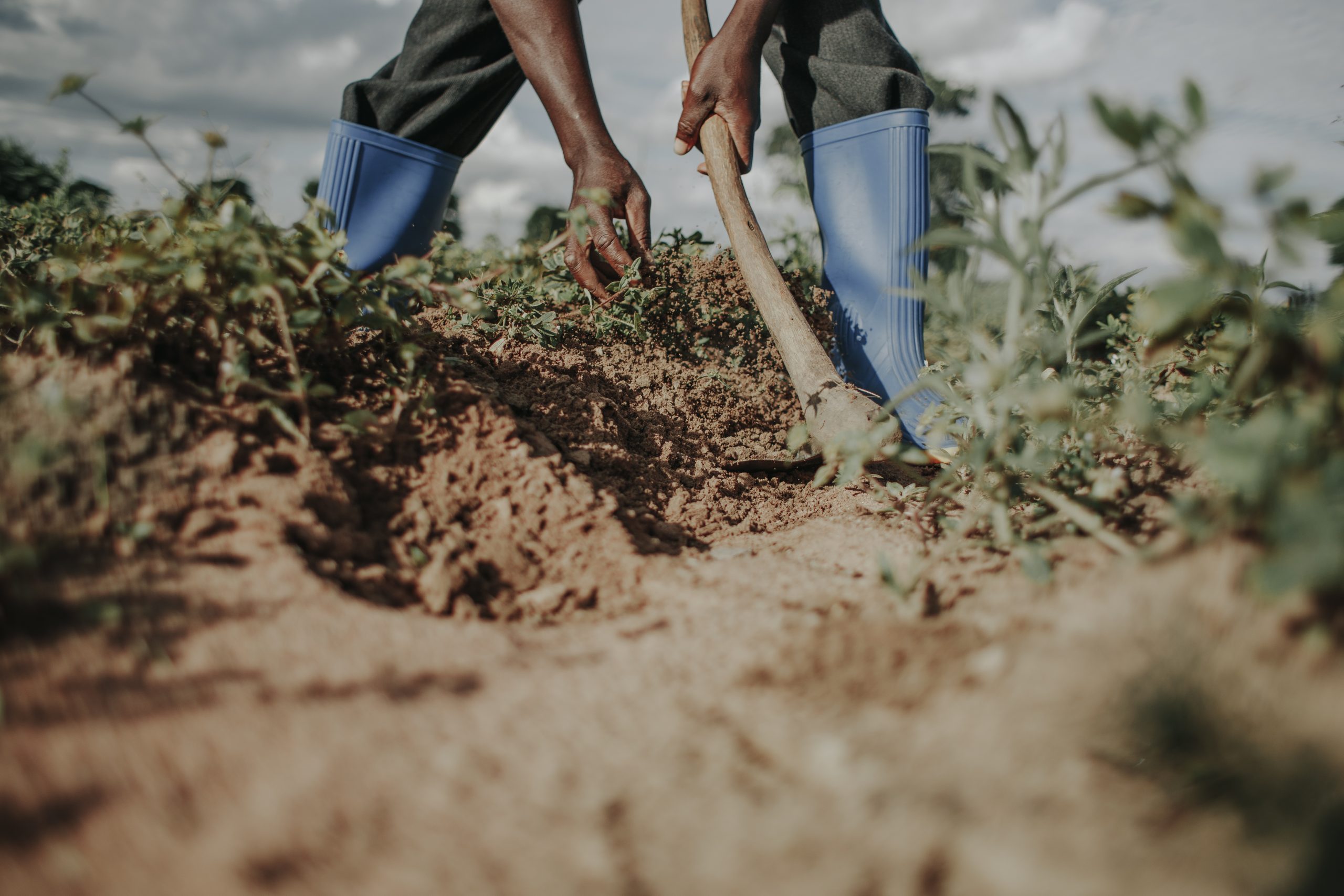Climate-smart agriculture practices as a pathway to livelihood improvement in central Malawi

Written by: Mirriam Matita
Climate-smart agriculture (CSA) practices, used to promote sustainable agriculture, include technologies for soil fertility improvement, soil and water conservation and agroforestry tree cultivation. Their adoption, whilst patchy across Africa and particularly in Malawi, have the potential to support increases in crop productivity, resilience to crop failures, income, and the overall food security of smallholder farming households. The pathways to households’ adoption of CSA technologies and the resulting impacts of these technologies on other aspects of the households’ livelihoods and practices were explored in APRA Working Paper 81. This blog explores the key findings of this paper, and how the adoption of CSA practices can be encouraged in central Malawi.
In Malawi, agricultural livelihoods are commonly affected by the effects of climate change and weather-related shocks, as well as declining soil fertility. As such, the potential benefits of CSA technologies are especially important here, where improving crop productivity as a result of adopting CSA practices would also result in the production of a marketable surplus that farmers could use to engage in markets and earn additional income.
Using data collected from 470 households in Mchinji and Ntchisi districts in central Malawi, as part of an APRA longitudinal tracker study on smallholder commercialisation and livelihood trajectories, we analysed what drove households to adopt CSA technologies, and looked at the spillover effects from such adoption on market participation.
What did we find?
If there was increased access to extension services, through different dissemination strategies such as farmer clubs, and farmer-to-farmer sharing of information, households were more likely to increase the number of CSA practices they used. The more years of education household members had undertaken also made it easier to assimilate information on CSA practices and try them out. While land holding sizes, household size and availability of hired labour did not present a constraint to the adoption of CSA technologies, the number of crops cultivated did increase adoption.
Our study also revealed that farmers who used various CSA practices over the previous 10 years had also increased market participation in the current year. Other factors affecting market participation included the diversity of crops cultivated, and the maximum years of education in a household. We also found variation by location of residence, with greater market participation in Mchinji – an area with better market and infrastructure development – relative to Ntchisi District.
So what?
Our study findings have several implications:
- Both young and older farmers should be targeted with information about CSA practices to capitalise on their ability to understand and integrate CSA information in their farming, especially in Malawi where a majority of people have not completed their primary education.
- Longer-term exposure is required to allow CSA practices’ market participation effects to materialise. In other words, a longer reference period is required to assess the effects of CSA practices, especially given that some practices cannot be used annually and others require time to yield outcomes. Farmers and practitioners should thus recognise this and allow time for experimentation and trying out the technologies to know what works well in their environment.
- CSA practices have the potential to support increases in production, and with a generated marketable surplus participate in markets to earn income. This process, however, takes time and can be convoluted, especially amidst climate variability, continued degradation of soils and different perceptions about the benefits of CSA. In this regard, complementing efforts to promote the adoption of CSA and market arrangements for realised outputs would support the sustainable production and market orientation of famers.
Photo credit: ©Ollivier Girard/EIF
